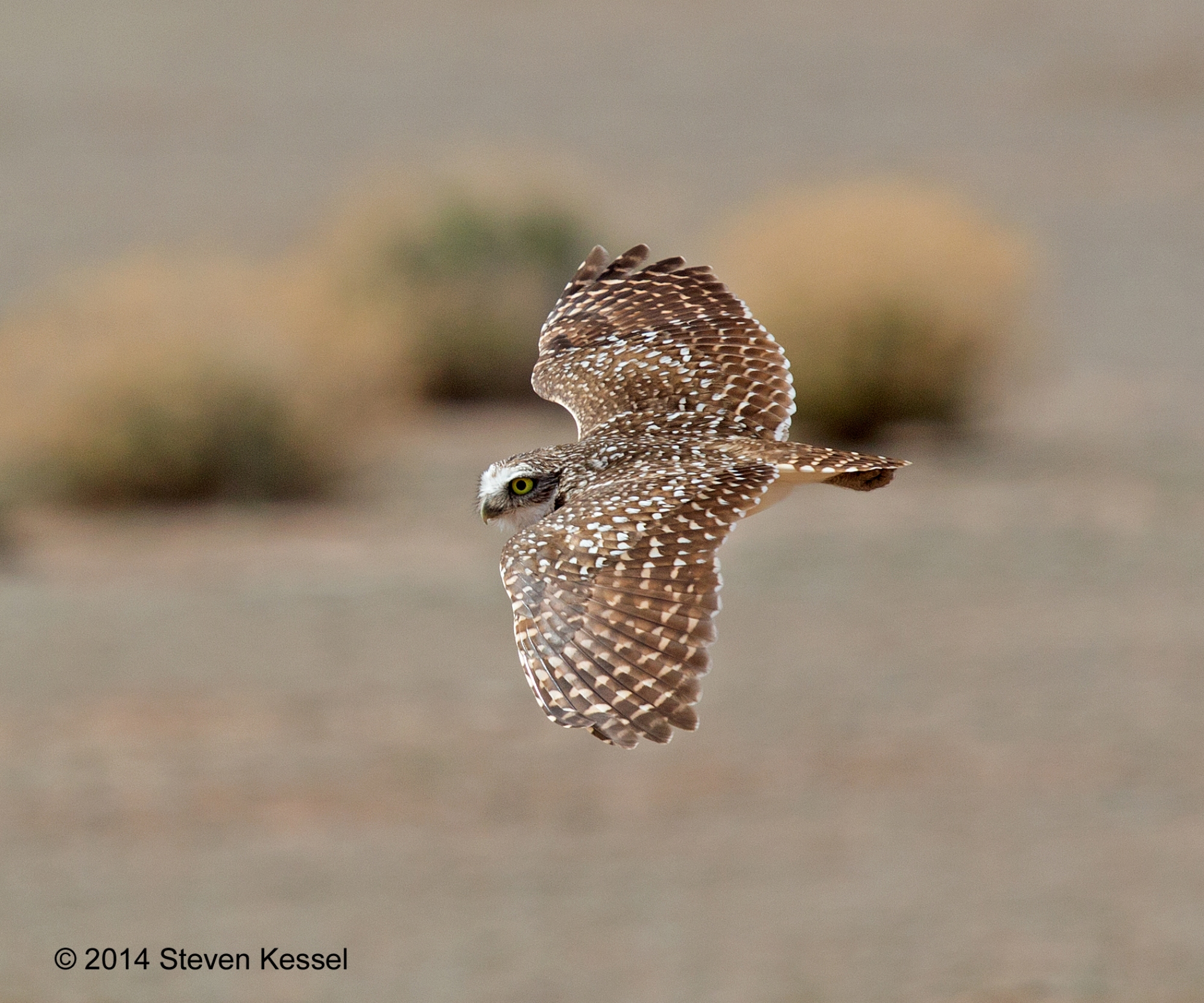Reminder: You can enlarge any of the photos in this blog by clicking on it. Click again for a full screen image.
I thought originally that tonight’s post would be about how creatures evolve camouflage to disguise themselves from predators and I’d selected this image of a Pallid-winged Grasshopper to illustrate my point.
These insects are as well-camouflaged as any creature I see during my strolls in the desert. They are usually virtually invisible. The random dark and light patterns on their bodies and limbs remind me of the kind of camouflage paint that the U.S. military uses on its armored vehicles.
But, when I took a closer look at this photo — enlarging it to check for detail — I saw something that astonished me. There are two small reddish-orange objects on the grasshopper, one of them in the middle of the insect’s forehead and the other just above the bend in its hind leg.
What are they? A bit of research and I had my answer. They are the nymph stage of Red Grasshopper Mites, tiny lice-like invertebrates that specialize in parasitizing grasshoppers. In their immature nymph stage, they attack grasshoppers the way ticks and leeches attack people, attaching themselves to their hosts’ bodies and sucking their blood. In their mature adult stage, they eat grasshopper eggs.
Sounds creepy, but, in fact, these tiny mites — so small that they are invisible to the naked eye — are critically important in keeping down the grasshopper population. Without the mites we’d be drowning in grasshoppers.
It’s beginning to dawn on me that in nature no successful lifestyle goes unduplicated. Grasshopper mites prey on grasshoppers even as ticks prey on humans. Robber flies prey on larger insects even as birds of prey attack and kill other birds. And, so it goes. If something succeeds in nature it gets reinvented in other contexts over and over again.
Photo taken with Canon 5Diii, 180 f3.5L Macro lens, ISO 200, “M” setting, assisted by Canon 600EX-RT Speedlite, f20 @ 1/160.
p.s. Grasshoppers aren’t bugs and neither are mites, but I like the alliterative quality in the title, so I took a little poetic license.


Steve, if you send your blog to a list of users that have signed up I’d like to be on that list. I got the link to reach this site today from Ned Harris, a good friend that I go on many walks with.
Thank you, Alan Kearney
Alan:
It’s easy to sign up. Just go to the blog’s home page,
https://sonoranimages.wordpress.com
Then, go to the lower right corner of the page and you’ll see an icon that reads “follow.” Just link to that and follow the directions. You’ll get an e-mail every time I post.
Steve
This insect blends so well into its environment that it appears to be a bit of tree bark or grass. Also interesting information on the grasshopper mites and their function.